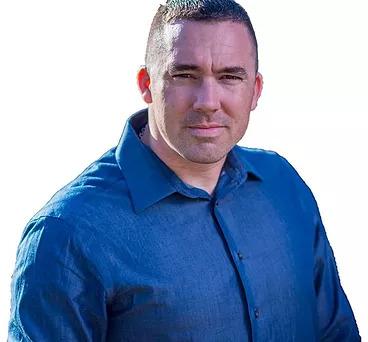NEW YORK—Marcus Soutra vividly remembers reading the popular adventure novel “Treasure Island” by Robert Louis Stevenson with his father when he was 8 years old and continuously getting stuck on the same word.
His teachers began to notice something too; he was identified as dyslexic and diagnosed with attention deficit hyperactivity disorder (ADHD) when he was in the 3rd grade.





